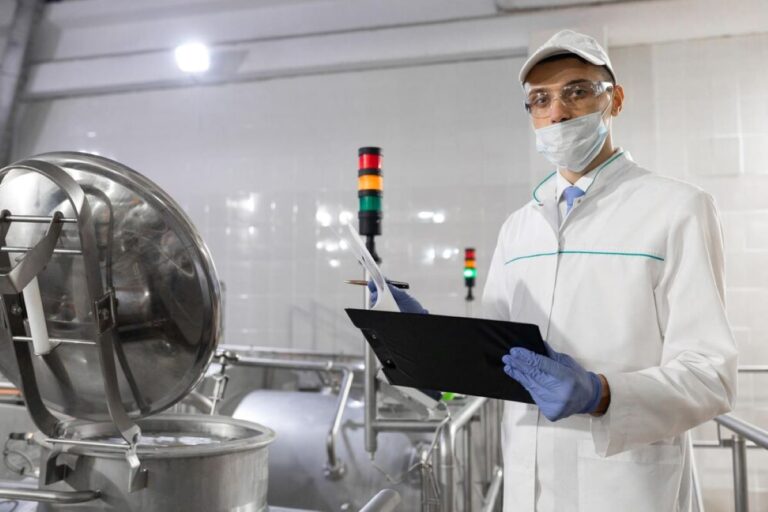Australia is renowned for its diverse culinary landscape, attracting food enthusiasts and travelers from around the globe. Ensuring the safety and quality of food is paramount, and this is where food safety inspections play a crucial role. Understanding these inspections can enhance your dining experiences and ensure your health and well-being while exploring Australia’s gastronomic offerings.
What Are Food Safety Inspections?
A food safety inspection is a systematic evaluation conducted by regulatory authorities to ensure that food businesses comply with established hygiene and safety standards. These inspections assess various aspects, including food handling practices, cleanliness of premises, storage conditions, and staff hygiene. The primary goal is to prevent foodborne illnesses and maintain public health.

Regulatory Framework in Australia
Australia’s food safety regulations are governed by the Australia New Zealand Food Standards Code, enforced by Food Standards Australia New Zealand (FSANZ). Local councils and state authorities are responsible for implementing these standards through regular food safety inspections. These inspections ensure that food businesses adhere to the necessary protocols to provide safe and high-quality food to consumers.
Importance for Travelers and Food Enthusiasts
For travelers and foodies, understanding the significance of food safety inspections is essential. These inspections guarantee that the food served in restaurants, cafes, and street vendors meets safety standards. By being aware of inspection outcomes, you can make informed decisions about where to dine, ensuring a delightful and safe culinary journey.
Key Components of Food Safety Inspections
1. Hygiene and Sanitation
Inspectors assess the cleanliness of food preparation areas, equipment, and utensils. Proper sanitation practices are vital to prevent cross-contamination and the spread of harmful bacteria.

2. Food Storage and Temperature Control
Maintaining appropriate storage temperatures is crucial to inhibit bacterial growth. Inspectors verify that perishable items are stored at safe temperatures and that refrigeration units are functioning correctly.
3. Staff Training and Personal Hygiene
Food handlers must be adequately trained in food safety practices. Inspectors evaluate staff knowledge and adherence to personal hygiene protocols, such as regular handwashing and wearing appropriate attire.
4. Pest Control Measures
Effective pest control is essential to prevent contamination. Inspections include checking for signs of pests and ensuring that preventive measures are in place.

How Inspections Affect Dining Choices
Many local councils in Australia publish the results of food safety inspections, providing transparency and empowering consumers to make informed choices. By reviewing these reports, travelers and food enthusiasts can select establishments that prioritize food safety, enhancing their overall dining experience.
Tips for Travelers and Foodies
- Research Before Dining: Utilize online resources to check the inspection history of food establishments.
- Observe Cleanliness: Pay attention to the cleanliness of the dining area and staff hygiene practices.
- Ask Questions: Don’t hesitate to inquire about food handling procedures and safety measures.
- Be Cautious with Street Food: While street food can be delightful, ensure that vendors maintain proper hygiene standards.
Conclusion
Understanding the role and significance of food safety inspections in Australia is invaluable for travelers and food enthusiasts. These inspections ensure that food establishments maintain high safety standards, allowing you to enjoy Australia’s diverse culinary offerings with confidence. By staying informed and vigilant, you can savor the flavors of Australia while safeguarding your health.
Related: Why Online Temperature Monitoring Systems Are Essential for Food Safety



